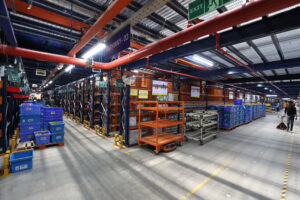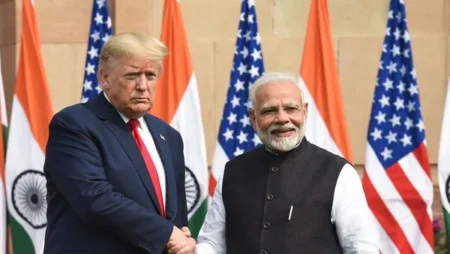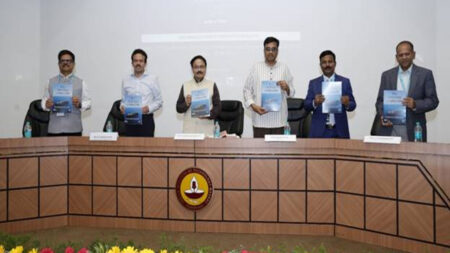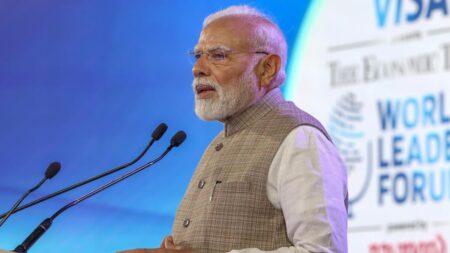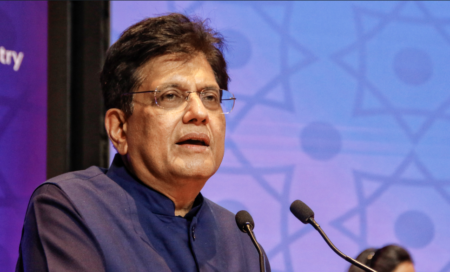Reciprocal tariffs, initiated by the US, disrupt global trade, potentially impacting India’s MSME and agriculture sectors, sparking concerns of neo-mercantilism.

This new policy creates a potential for increased trade friction
Shifting trade winds
Since President Trump’s inauguration, the implementation of reciprocal tariffs has injected notable volatility into global trade. This move, targeting significant trading partners like China, Mexico, Canada, and India, emerges following the recent trade disruptions in the Red Sea, further unsettling stock markets and global trade sentiment.
Understanding reciprocal tariffs
The U.S. introduced the “fair and reciprocal plan” to address “perceived trade imbalances.” Reciprocal tariffs aim to match tariffs imposed by other countries on U.S. goods. While the U.S. benefits from a service export surplus, it faces substantial trade deficits with nations like China and Mexico. The U.S. argues these nations have exploited its open trade policies, imposing disproportionately high tariffs on U.S. products while facing minimal tariffs themselves.
India’s trade dynamics and Tariff discrepancies
In 2024, India recorded a $37 billion trade surplus with the U.S., with bilateral trade reaching approximately $120 billion. Key exports include pharmaceuticals, textiles, and machinery, while imports consist of mineral fuels and high-tech machinery. The immediate concern lies in the metal and machinery sectors. The weighted average tariff on U.S. products entering India is 8.5%, compared to 3.5% for Indian products entering the U.S. The U.S. seeks to equalise these tariffs by April 2, 2024, potentially affecting India’s exports, particularly from the MSME sector, which accounts for 45% of total exports.
Agricultural trade and Political dialogue
Another point of contention is agricultural trade, where India’s tariff is 39% and the U.S.’s is 5%. While India’s agricultural exports to the U.S. are minimal, these tariffs safeguard Indian farmers from cheap imports. This backdrop prompted discussions between the Indian Prime Minister and Commerce and Industry Minister with U.S. leadership.
WTO principles vs. Neo-Mercantilism
The U.S.’s stance, aimed at protecting its industry and economy, contrasts with WTO principles, which advocate equal treatment of member countries regarding trade barriers. Experts argue that reciprocal tariffs, which vary based on the country of origin, constitute unfair trade practices. Some have labelled this trend “neo-mercantilism,” a form of protectionism based on bilateral agreements, contradicting smooth trade practices. This new policy creates a potential for increased trade friction.
Trade intensity and Future implications
The Trade Intensity Index (TII) measures the strength of bilateral trade relationships. India’s TII with the U.S., being greater than 1, indicates a strong export presence in the U.S. market. The challenge lies in maintaining this presence while protecting the interests of India’s MSME and agriculture sectors as the new financial year unfolds. The preservation of this robust trade relationship amidst the new volatility is the key development to be observed. The global trading community watches these developments closely.
(Rajesh Menon is a maritime expert and the views expressed here are personal.)



